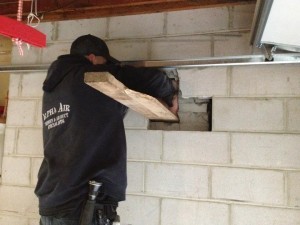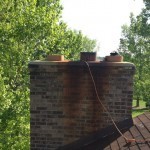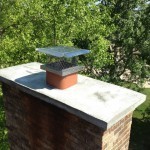Chimneys are very rugged and durable components of your home. They can sometimes withstand a fire and, in some cases, may last up to 100 years or more. However, they can still start to develop cracks, holes or leaks. Sometimes this is cause by water damage or just by old age. That’s why it’s often necessary to reline a chimney. This has huge benefits for homeowners and can help make your chimney more efficient and safer. At 2nd Generation Chimneys, we have many years of experience working with all different kinds of chimney and chimney problems. We offer total chimney relining and St. Paul masonry services. We wanted to help our customers understand exactly what happens during the chimney relining process and why it might be a good idea to consider getting their chimney relined.
How to Tell If You Need Chimney Relining in St. Paul MN
One of the first things you should know is how to tell if your chimney liner is damaged and needs to be replaced. If your chimney isn’t pulling smoke out or if you have a smelly fireplace it is likely an indication that you need chimney relining. These symptoms are caused by holes or soot and creosote build-up in the chimney and must be repaired before the fireplace is used. Also, if you start to notice pieces of clay or tile collecting in your fireplace it usually means that the clay tile liner is being eaten away from a corrosive combination of sulfur and moisture.
Types of Chimney Liner Materials
- Clay tiles – This chimney liner is very common because it is cheap and can be found almost anywhere. This is a good option for many homeowners but it does have its drawbacks. Check with the technicians at 2nd Generation Chimney about if clay tiles are right for you.
- Metal liner – These types of liners are normally made out of stainless steel. Stainless steel liners can be used with wood stoves as well as gas or oil-burning appliances. Metal liners normally require insulation around them to protect your home from the heat of the fire.
- Cast-in place – This is a very interesting type of chimney relining process. It involves pouring slurry down into your chimney around a mold that will hold it in place against the inside of your chimney. It creates a brand new liner made out of a cement-like product. This is ideal for chimneys that have suffered damage because it will act as support.
For all your St. Paul masonry cervices and chimney relining contact the friendly experts at 2nd Generation Chimney.



